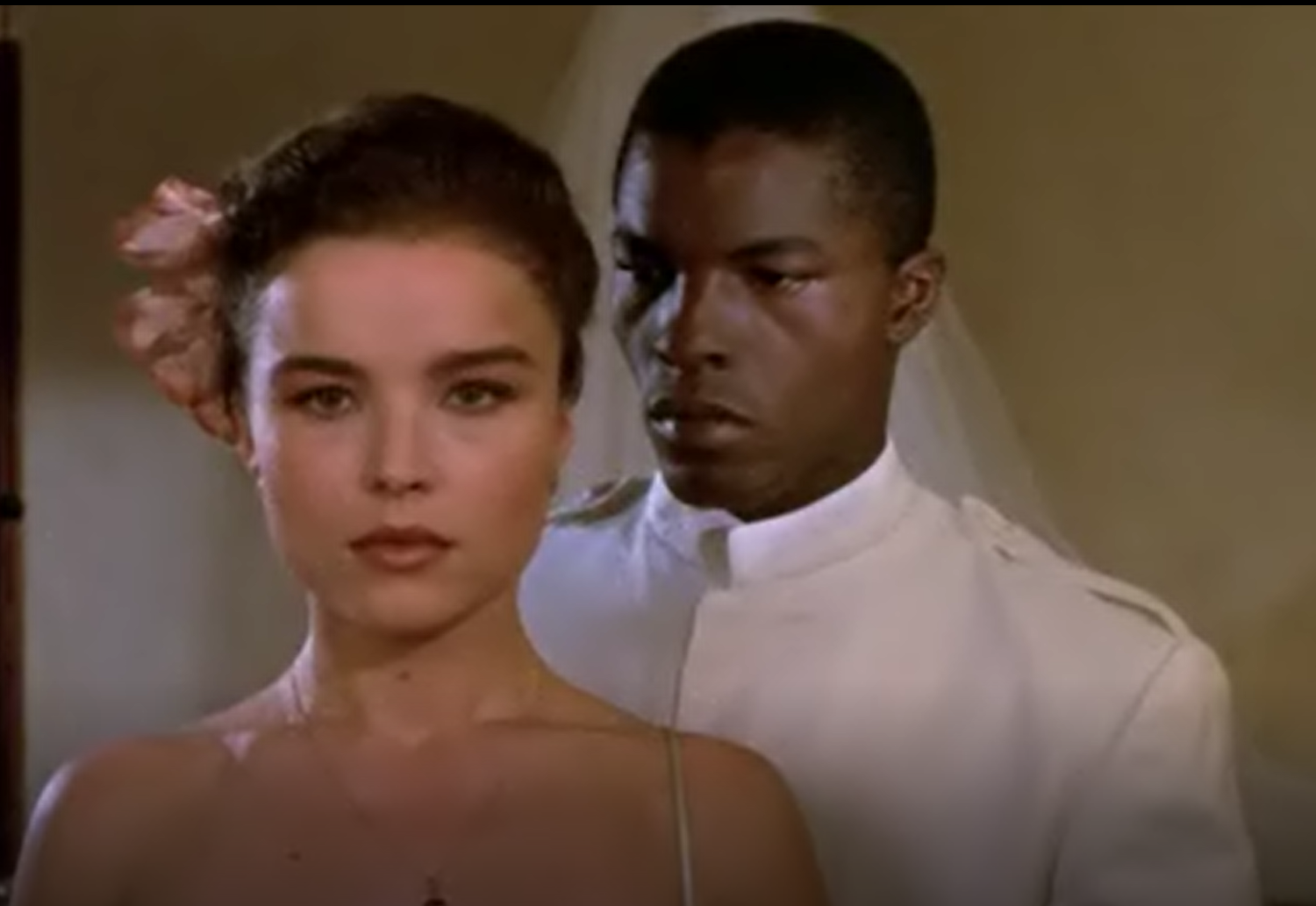The Man and the Woman: Determining Worth According to Color
Chocolat is a 1988 film directed by Claire Denise. At a first glance, it might seem a coming-of-age film about a girl, France, and her childhood memories in Africa. However, the view of the film offers many more layers to the audience, especially in relation with Frantz Fanon’s Black Skin, White Masks. Indeed, set in Cameroon around the late ’50s, Chocolat explores a story around a French family (governor Marc, wife Aimée, and daughter France), their black house boy Protée and the power and romantic dynamics between the white colonial and the colonized, local men and women of color.
The Woman of Color and the White Man
As Fanon (2008, 28) mentions in his book, when a conquest in involved, love and aggression seem to appear simultaneously or alternatively in our consciousness. This seems to be the case of Delpich, a businessman, a coffee grower, who gets stuck where France’s family lives (and then is hosted by them) due to a plane malfunction that forces the pilot to land nearby, just over the mountain. As all the people who were on the faulty plane get off, Delpich introduces a black woman as his maid. However, the very first interaction between the two is very peculiar, because he helps her carry his luggage, something that viewers were not used to. Indeed, back at the governor’s house, Protée and other house servants provided to carry the family luggage by themselves. It is only later on in the film that the audience realizes that Delpich’s maid is also his mistress. He secretly brings her food after dinner, to a bedroom that they share together, thought it seems that she’s bound to sleep on the floor.
Earlier I mentioned the presence of love and aggression, and I believe it to be the case for this character because he shows affection towards his mistress, but then he proceeds to be very vocal about his racist attitude and beliefs, as if he had a facade of “strong, colonial man” to maintain. The treatment of the black mistress does not come as a surprise in light of Fanon’s writing, in which he points out that “a woman of color is never altogether respectable in a white man’s eyes. Even when he loves her” (Fanon, 2008, 29). I believe indeed clear that Delpich does not feel comfortable to share with other prominent colonial figures (men, mostly) that his romantic interest is a (presumably poor) black woman.
The Man of Color and the White Woman
Protée and Aimée are the real protagonists of the story. From very early on in the film, it is clear that there is something more to their relationship than a simple work-related one. They rarely talk, Aimée mainly gives him orders, however the audience witnesses many moments of sexual tension throughout the film. It becomes evident as Aimée asks for Protée’s help in tying up a dress in front of a mirror (Image 1).

The way they look into each other’s eyes expresses the desire they might feel for the other, but that is also something that needs to stay unspoken. Indeed, later in the story Aimée asks her husband to send Protée away from the house (after banishing herself from her bedroom), assigning him different duties around the property.
Protée, throughout the whole film, shows a great sense of dignity though he is often asked to look over the family through humble and more or less humiliating tasks. Fanon mentions (2008, 53) a devaluation of self present in the black man when he is confronted with a white woman (or a general “white” social context), and I believe that at times that is what Protée feels as he is pushed away by Aimée. I also think that, other than already having a family, she pushes him away as the story progresses because if she had shown a more evident interest in him, he would become more “white”, as Fanon also argues in his book (2008, 45). That quality, that earned whiteness, then could’ve resulted in a re-evaluation of self from Protée, who would have shown a sense of revenge towards the dynamic between the colonial and the colonized.
Sources
Fanon, F. (2008). Black skin, white masks. Pluto Press.